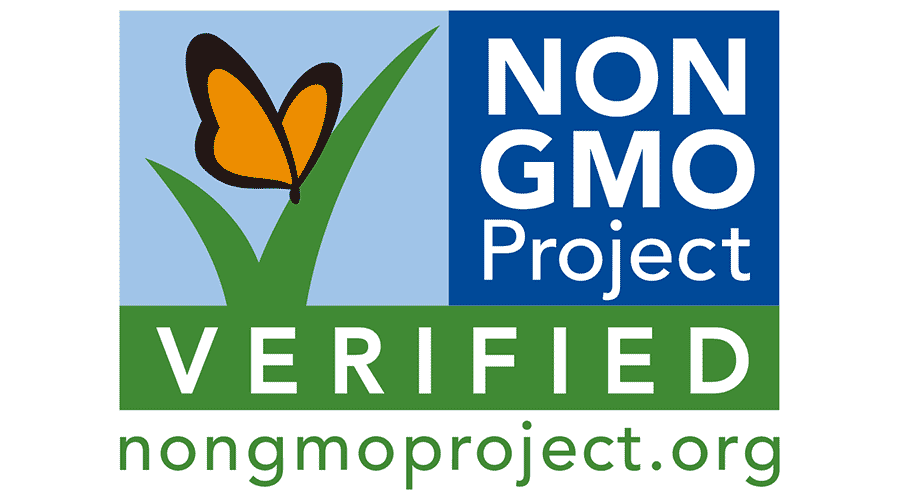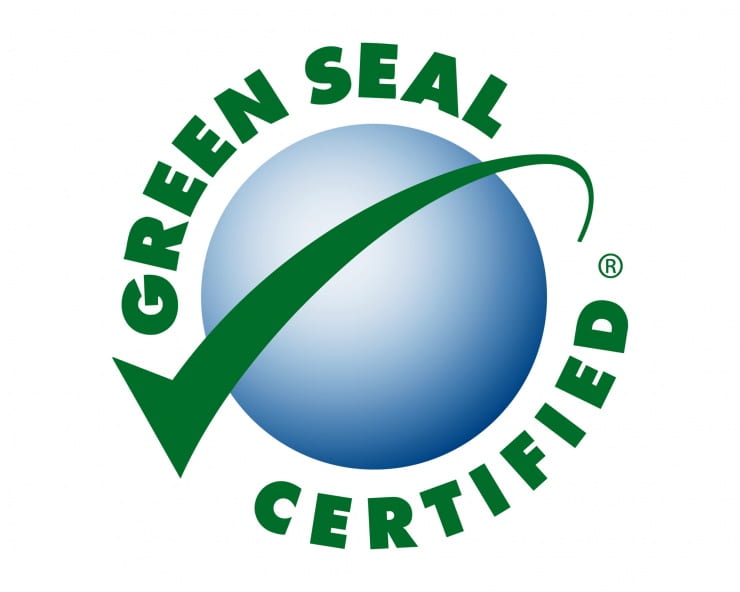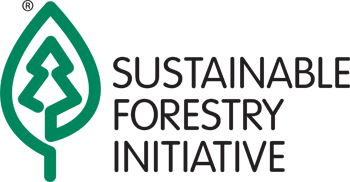The Breakdown of Eco-Labels

Being an environmentally conscious consumer is an important way to lead a sustainable lifestyle. One way that product manufacturers and consumers can verify the ethics and environmental responsibility behind the creation of a product is through the use of eco-labels. In Abhijit Banerjee and Barry D Solomon’s (2003) Eco-labeling for energy efficiency and sustainability: a meta-evaluation of US programs, eco-labeling is broadly defined as “as making relevant environmental information about a product available to the appropriate consumers through the product label to promote an environmental goal, cause or objective through consumer choice” (p. 109). Some eco-labels that you may have come across include “USDA Organic,” “Non GMO Project Verified,” “Green Seal,” and “Sustainable Forestry Initiative” just to name a few. Banerjee & Solomon (2003) claim “eco-labeling is a promising market-based approach for improving the environmental performance of products through consumer choice” (p. 109). Essentially, the presence of an eco-label on a product signals to the consumer that a particular product is an environmentally friendly alternative to other products.

Unfortunately, many products have eco-labels that are not verified by third-party organizations. This is fairly problematic as producers of any product can exaggerate or claim something environmentally friendly about it. This is a process known as “greenwashing,” where manufacturers market products as environmentally friendly when in reality, they are not. That is why many people prefer to buy products that are verified by a third party organization for the assurance that someone else can vouch for the eco-friendliness of a product. However, having a third party verification system to apply a seal/label on a given product does not mean that the whole product is ethically sourced and produced. For example, products are often given an eco-label for following a certain set of criteria standards along the supply and production chain even though not all parts of the supply and production chain follow the entirety of the criteria standards (Atkinson, 2014). Additionally, some people on the board of administrators of third-party eco-label certifiers are members of companies that are being verified by these labels. For example, the chairmen of International Paper Co. and Plum Creek Timber Co. are on the board of The Sustainable Forestry Initiative, a popular eco-label for products made of paper (Goldman, 2007).

In a previous internship of mine, I was in charge of researching various third-party eco-labels, evaluating their criteria standards, and uploading them into a database. As I was going about this process, I realized that many of the criteria standards were not mandatory for a product to receive eco-label verifications, and only a few criteria standards had to be present for the product to be granted that verification. I was often left in awe and embarrassment thinking that my consumption of products with eco-labels led me to believe that I was doing my part in living a sustainable lifestyle and limiting the amount of waste and injustice that occur in modern production chains.

Despite all the confusing and misleading aspects that come along with eco-labels and the third-party verification/certification systems, there is no other market-based solution to give credibility to producers that make environmentally friendly claims about their products. Very few people have access to products that are truly ethically produced and sourced (i.e. farmers markets) and we often have to rely on products with eco-labels if we want to consciously make sustainable purchases. If you want to try your best to consume ethically sourced products, farmers markets are quite reliable as they tend to produce organic products and tend to come from laborers that are treated quite fairly. Although the eco-labeling system is not perfect, it is far better than buying products with no certification at all. One thing is for certain, consumers have relatively little power when it comes to the overall choices that are available to them.
References:
Banerjee, A., & Solomon, B. D. (2003). Eco-labeling for energy efficiency and sustainability: a meta-evaluation of US programs. Energy Policy, 31(2), 109–123. doi: 10.1016/s0301-4215(02)00012-5
Atkinson, L. (2014, July 4). ‘Wild west’ of eco-labels: sustainability claims are confusing consumers. Retrieved October 21, 2019, from https://www.theguardian.com/sustainable-business/eco-labels-sustainability-trust-corporate-government.
Goldman, A. (2007, September 5). ‘Green’ labels come with a shade of doubt. Retrieved October 21, 2019, from https://www.latimes.com/archives/la-xpm-2007-sep-05-fi-greenseal5-story.html.


